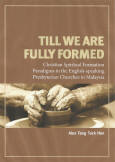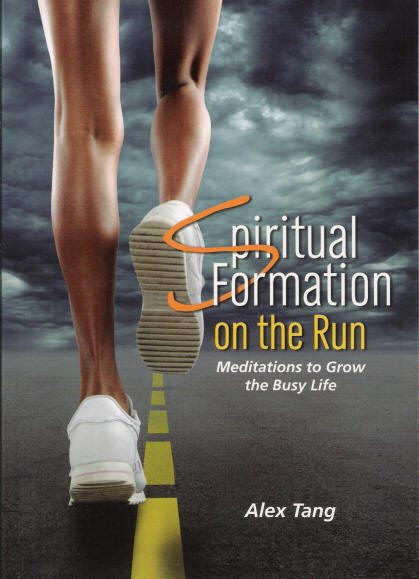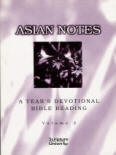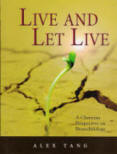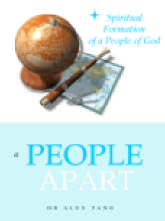Solo or Sola Scriptura?
Solo Scriptura
The Difference a Vowel Makes

The twentieth century could, with some accuracy, be called a century of theological anarchy. Liberals and sectarians have long rejected outright many of the fundamental tenets of Christian orthodoxy. But more recently professing evangelical scholars have advocated revisionary versions of numerous doctrines. A revisionary doctrine of God has been advocated by proponents of "openness theology." A revisionary doctrine of eschatology has been advocated by proponents of full-preterism. Revisionary doctrines of justification sola fide have been advocated by proponents of various "new perspectives" on Paul. Often the revisionists will claim to be restating a more classical view. Critics, however, have usually been quick to point out that the revisions are actually distortions.
Ironically, a similarly revisionist doctrine of sola Scriptura has arisen within Protestantism, but unlike the revisionist doctrine of sola fide, the revisionist doctrine of sola Scriptura has caused very little controversy among the heirs of the Reformation. One of the reasons there has been much less controversy over the revisionist doctrine of sola Scriptura is that this doctrine has been gradually supplanting the Reformation doctrine for centuries. In fact, in many segments of the evangelical world, the revisionist doctrine is by far the predominant view now. Many claim that this revisionist doctrine is the Reformation doctrine. However, like the revisionist doctrines of sola fide, the revisionist doctrine of sola Scriptura is actually a distortion of the Reformation doctrine.
The adoption of the revisionist doctrine of sola Scriptura has resulted in numerous biblical, theological, and practical problems within Protestant churches. These problems have become the center of attention in recent years as numerous Protestants have converted to Roman Catholicism and Eastern Orthodoxy claiming that their conversion was due in large part to their determination that the doctrine of sola Scriptura was indefensible. Roman Catholic and Eastern Orthodox apologists have been quick to take advantage of the situation, publishing numerous books and articles devoted to critiquing the doctrine of sola Scriptura. One issue, however, that neither the converts nor the apologists seem to understand is that the doctrine they are critiquing and rejecting is the revisionist doctrine of sola Scriptura, not the classical Reformation doctrine. In order to understand the difference, some historical context is necessary.
read more
Labels: Reformation, Theology












